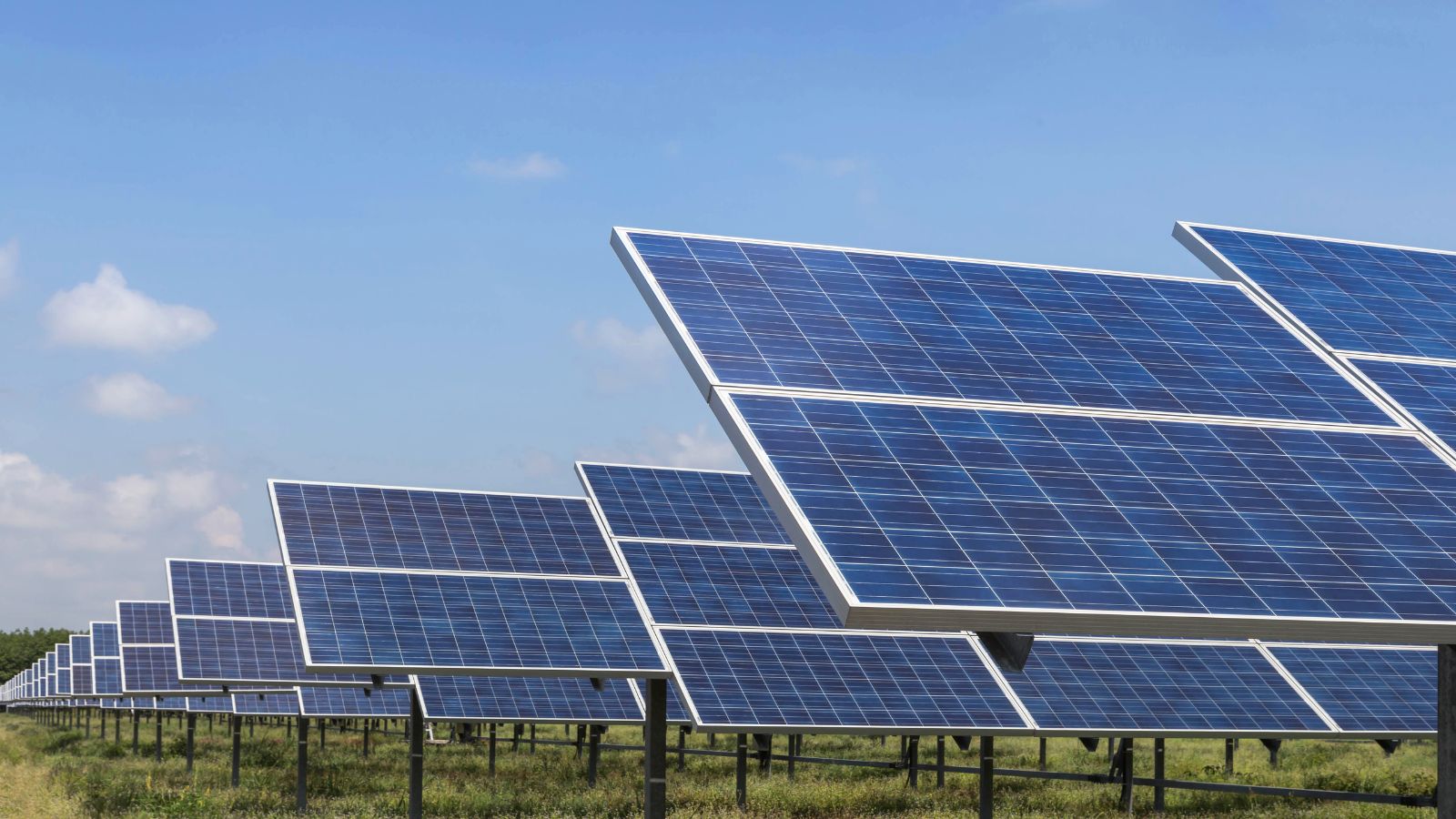How Are Solar Companies Driving the Transition to Energy-Independent Neighborhoods?

The transition to renewable energy has often been discussed globally or nationally, but some of the most impactful changes are happening at the neighborhood level. We will explore how solar companies enable communities to shift from energy consumers to producers through collaborative solar initiatives. As energy prices fluctuate and concerns about grid reliability grow, neighborhoods are beginning to rethink their role in the energy equation. By pooling resources, securing group installations, and embracing solar co-ops, homeowners and small businesses are gaining access to cleaner energy with greater affordability. These collective efforts are not only transforming rooftops into productive assets but are also strengthening local resilience. In places where outages were once a seasonal concern, solar systems paired with battery storage now offer uninterrupted power. Through the support of solar companies, communities are seeing firsthand how renewable energy can be an investment in independence, sustainability, and mutual benefit.
Community-Driven Power Solutions for the Modern Age
- The Role of Solar Companies in Local Energy Planning
Solar companies play a central role in making neighborhood-wide transitions feasible and successful. Their understanding of regional solar viability, equipment sourcing, permitting requirements, and system design allows them to tailor projects that align with individual property constraints and collective goals. When several homes on the same block opt to go solar together, companies can plan installations that reduce overall costs while maximizing shared benefits such as bulk purchasing and optimized inverter placement. This coordination becomes especially important in developments or HOAs where major concerns include architectural harmony and regulatory compliance. Solar providers often liaise between communities and local governments, helping secure incentives, grants, or utility approval. Solar companies are helping to shape a more inclusive and proactive model of energy use by serving as a connector between households, municipalities, and energy providers. Projects backed by providers like North Valley Solar Power exemplify how company-supported planning can transform residential clusters into mini-energy hubs with greater efficiency and reduced reliance on distant power grids.
- Building Equity into Solar Access Through Community Projects
A challenge that continues to face the solar movement is access—particularly for renters, lower-income households, and multifamily buildings. Community solar models, supported by local solar companies, are emerging as a solution to bridge this gap. These projects allow multiple residents to benefit from a single solar array installed on a shared property or offsite facility. Participants receive credits on their utility bills based on the energy generated, giving them access to renewable energy without installing rooftop panels. Solar companies are instrumental in structuring these agreements, managing installation logistics, and ensuring fair distribution of benefits. This model democratizes access to clean energy and helps spread the installation cost across more participants, reducing financial strain on individual households. As these programs grow, solar companies focus on making them financially viable and scalable in urban and rural contexts. Their role in coordinating community input, aligning financial mechanisms, and maintaining transparency helps ensure that solar access doesn’t become a privilege for the few but a shared opportunity for many.

- Beyond Panels: Storage and Microgrid Integration
The evolution of solar energy doesn’t stop with panel installation. Increasingly, communities are integrating storage systems and microgrid frameworks into their solar plans. These advancements allow energy generated during the day to be stored and used at night or during outages, creating greater continuity and control. Solar companies are stepping in to help neighborhoods assess their storage needs, recommend battery solutions, and implement microgrid technology that can manage energy flow between homes, public spaces, and critical services. Microgrids are especially beneficial in areas prone to natural disasters, as they can isolate from the primary grid and continue operating independently when centralized power goes down. This capability transforms solar energy from a passive contributor to a dynamic resource that supports safety, comfort, and autonomy. The planning and implementation of such systems demand coordination that solar providers are uniquely positioned to offer, from technology selection to permitting and long-term support. Their guidance allows communities to embrace solar energy and a holistic energy strategy that adapts to future challenges.
- Encouraging Civic Engagement Through Energy Literacy
As solar adoption grows, the role of education becomes increasingly important. Solar companies are now investing in outreach programs designed to improve energy literacy among residents. These programs help demystify solar technology, explain billing and net metering, and provide insights into how solar integrates with broader energy systems. Through workshops, open houses, and school partnerships, these companies are helping residents understand their role in a decentralized energy model. The result is increased participation in solar initiatives and a more informed public capable of making better energy choices. This civic engagement also fosters accountability—residents become more involved in utility regulation, infrastructure planning, and environmental policy. When a community understands the mechanics and benefits of solar, it builds momentum toward more ambitious sustainability goals. By acting as service providers and educators, solar companies help nurture a culture where clean energy isn’t just installed—it’s understood, valued, and integrated into everyday thinking and decision-making.
The shift toward neighborhood-level solar adoption is redefining how communities think about energy. Once seen simply as product installers, solar companies are now stepping into broader roles that include planning, facilitation, education, and advocacy. Their efforts are making it possible for everyday people to take an active role in shaping their energy future, transforming blocks of homes into collaborative centers of power production and resilience. Through solar co-ops, shared storage, microgrids, and public outreach, these companies are laying the groundwork for a decentralized energy model that benefits more than just the individual household. It benefits the entire community—economically, environmentally, and socially. As neighborhoods seek independence from aging infrastructure and volatile markets, solar companies will remain at the forefront of this transition, helping to turn rooftops and empty lots into engines of sustainable progress. The success of these efforts will be measured not just in kilowatts but in the strength and self-reliance of the communities they empower.



